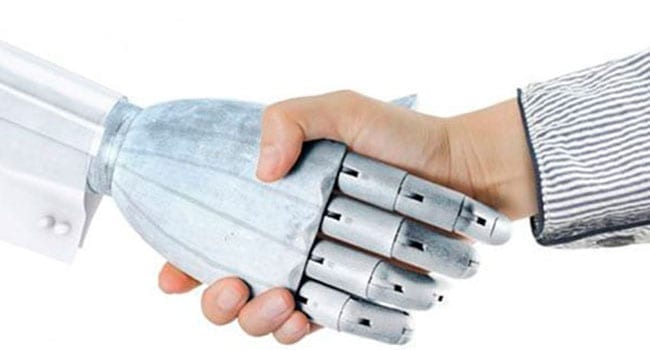
Artificial intelligence is a branch of technology that’s already exerting massive influence over just about every type of engineering – and if trends continue, it’ll have even greater influence in years to come. While the term might conjure images from science fiction films, it actually covers a lot more ground. There are some kinds of narrow AI which have already far surpassed human intelligences: just think of the pocket calculator, which has been helping human mathematicians for decades. The AI advances of the future might take a similar form, supplementing human intelligence, and gradually replacing it.
So what form should we expect to see artificial intelligence take in the engineering industry in the years to come? Let’s take a look.
Internet of Things
The ‘internet of things’ refers to a network of internet-connected devices across the globe. These devices send data back to the manufacturer, which can be used to inform future engineering decisions. For example, the engine management system in a specific model of car might report data on exactly what the car was doing prior to a breakdown, and spot correlations between certain kinds of driving behaviour and certain results.
Machine-learning
Sometimes, it’s difficult to write a program to help an AI distinguish one thing from another. The human brain can instantly distinguish an abstract image of the number two from a picture of a tree. But instructing an artificial intelligence to do the same is tricky. Where would you start? The answer comes in the form of machine learning. A series of programs are given a fixed input, asked to distinguish them, and the ones that succeed are mutated slightly (at random) and tested again. Over time, this Darwinian approach helps the machine to improve.
Robotics
The advent of laser levels and measuring devices, of the sort available from RS Components, has made it possible for machines to obtain an accurate view of the world around them. Robots with legs are able to traverse all manner of terrain, and perform tasks that a human being would not be able to do. And it’s a mere matter of time before these machines are animated by artificial intelligences. In some environments, like construction, we might expect to see humanoid and mule-like robots working alongside real human ones, assisting with the precise transportation and distribution of heavy loads.
Facial Recognition
Human beings are extremely good at distinguishing faces. Even if we’re just looking at grainy, black-and-white images of a person’s eyes, we can still distinguish anger from pleasure and sadness. But thanks to an amazing amount of data and some machine-learned algorithms, artificial intelligences are becoming good enough to tell one person from another. This has considerable implications in the world of digital security: in the future, you might not even be asked to present your pin to an ATM; instead, a camera might scan your face and access your bank details automatically.
Automation
It’s undeniable that in the future, some jobs currently being performed by human beings will be instead performed by machines. You can already see this happening in retail stores with self-service checkouts. As we progress, we’ll reach the stage where truck drivers are supplanted with AI-powered replacements, all of which are fed constant updates about road conditions from a central control system.
This content is a joint venture between our publication and our partner. We do not endorse any product or service in the article.
